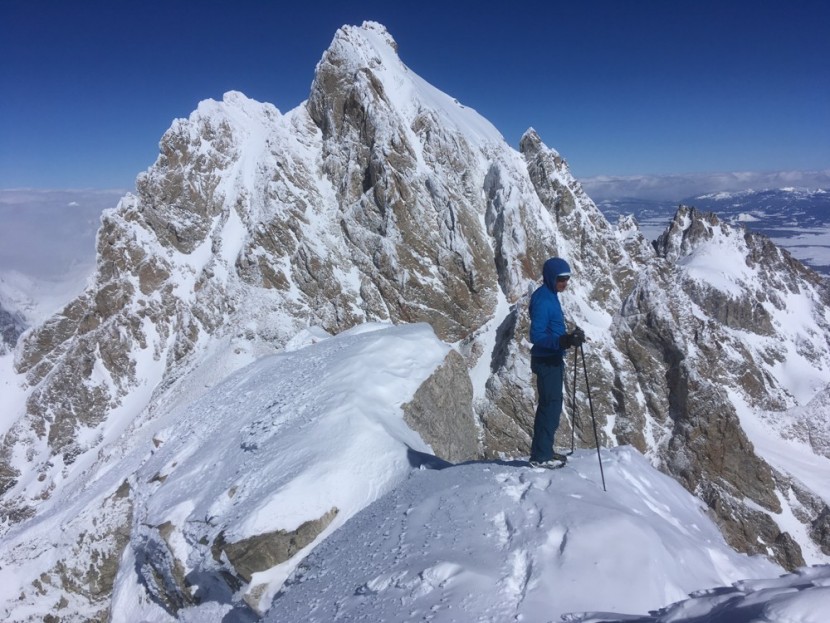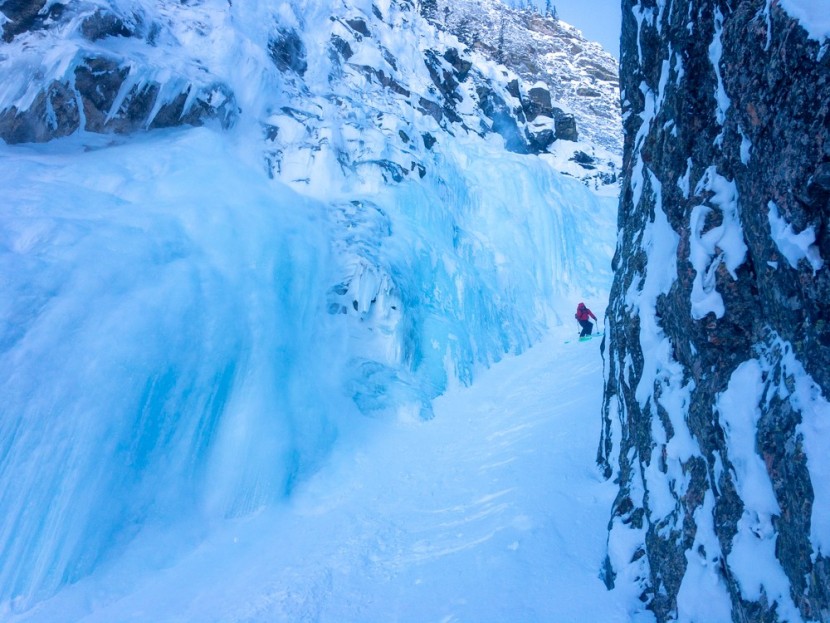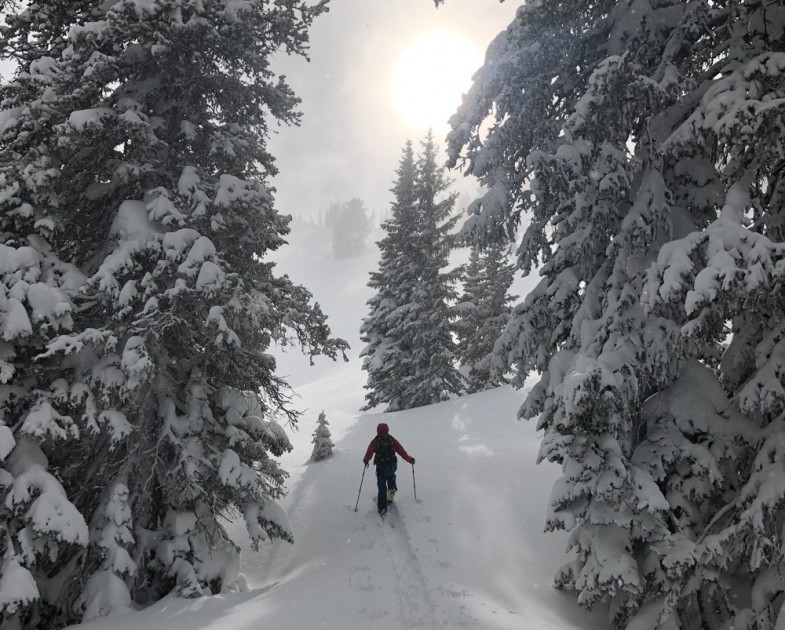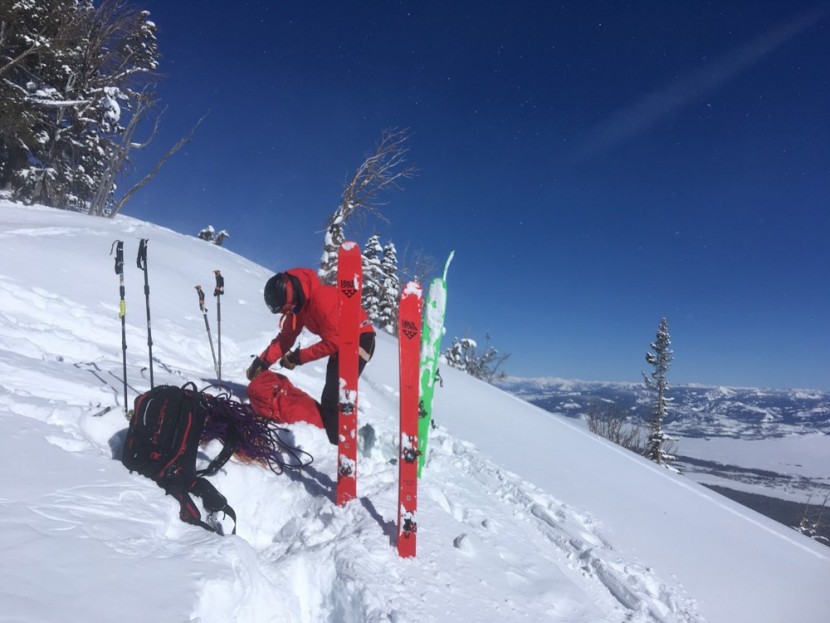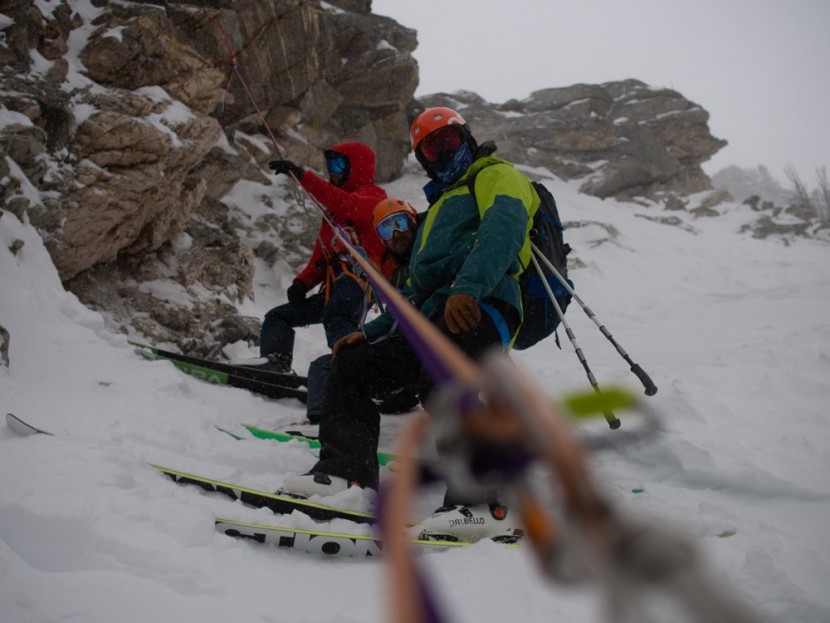Here we test AT ski bindings for backcountry skiing. All of their design and function is built for human-powered, climb-up-and-ski-down ski adventuring. Call us crazy, but we chose to do the vast majority of our testing in that environment. Any mechanical support was incidental to our backcountry skiing. Read carefully “between the lines” of other reviews; most seem to have conducted the testing of backcountry ski equipment in ski resorts. Sure, some things can be deduced there, but it is also easy to lose perspective on what is important.
We employed a large team of accomplished skiers, spanning multiple years now, to test backcountry ski bindings. In the last couple of years alone, our lead test editor himself has tested bindings in the Tetons, Wind River Range, Canada, Alaska Range, California, Chile, and Argentina. In the winter of 19/20 this lead tester racked up “half a million vertical feet in half a year”. Average seasons are more like 400,000 vertical feet, for this one tester. Previous seasons and other testers have taken things even further afield. Of course, some things need to be measured on the workbench. We note how we tested for each important binding criterium.
Weight
Before mounting, we weighed each binding, including mounting screws on a digital gram-sensitive postal scale. We periodically calibrate this scale against some standardized weight samples; samples made exactly for this purpose.
Downhill Performance
Again, our primary means of testing was in actual skiing. While skiing on a wide variety of surfaces (perfect pow to soul-crushing breakable crust, and everything in between), we noted mainly binding hold. Our team is as handy as anyone at noting, anecdotally, force transmission, chatter damping, and binding geometry, all while skiing. These distinctions are super subtle and hard to parse out from boot and ski performance, not to mention ski technique and conditions. We do what we can, but have to admit (and advise to consumers and other testers alike) that AT bindings are way, way more similar in these regards than they are different.
In just a few instances could we test release function. Mainly, our deductions on release performance defer to manufacturers and third party formal tests. When we can defer to the TUV organization and their DIN/ISO certification process, we note so. When we are citing manufacturer's descriptions, we work to make that clear as well.
Finally, some aspects of downhill performance are a function of binding geometry. We measured each mounted binding's stack and delta using a millimeter ruler. Again, binding geometry is measurable and varies from one binding to another but, in our experience, makes very little difference relative to ski and boot selection.
First, we measured the distance from ski top sheet to center of toe pins and center of heel pins (or deduced location of virtual pins in the case of bindings that do not use them in downhill mode). We performed such measurements with a boot in the binding, in downhill mode. Binding stack height is the average of the two measured values. Binding delta is reported as the difference between heel and toe measurements, in millimeters. “Ramp Angle” is a function of binding delta and your boot sole length. We report binding delta, not ramp angle, because of the variation in boot sole length.
Touring Performance
We tested touring performance by going touring. We skinned tens of thousands of feet with every single binding in our test. Some of our tested bindings approached 100,000 vertical feet of human-powered skiing. While doing so, we collected observations and took notes on propensity for icing, heel riser options and adjustment range, and in toe pivot range of motion.
Ease of Use
We define ease of use as the ability to get in and out, make transitions, and make adjustments to length and release value. To test, we performed all of those operations, comparing one binding to the others.
Construction Quality
In some blessedly rare cases, we have actual durability failures to report on. In other cases, we have literal decades of experience with a certain product with no failures. Beyond that direct experience, we are forced to report our durability opinion based on second-hand reports and speculation based on a sound understanding of basic binding construction and materials.
Conclusion
We care about the testing we do and the conclusions we reach. We first ponder what you want and need to know, and then design our entire testing procedure backwards from there. The result, we are confident, is review content that informs without pushing. We have our biases, but we work real hard to guard against them. We have our preferences, and we honor them and understand when they come from experience and a sound understanding and when they come from more intangible sources. As it pertains to AT ski bindings, the information we present is based on decades of experience, a highly varied test team, and thorough processing of the information we all generate.

